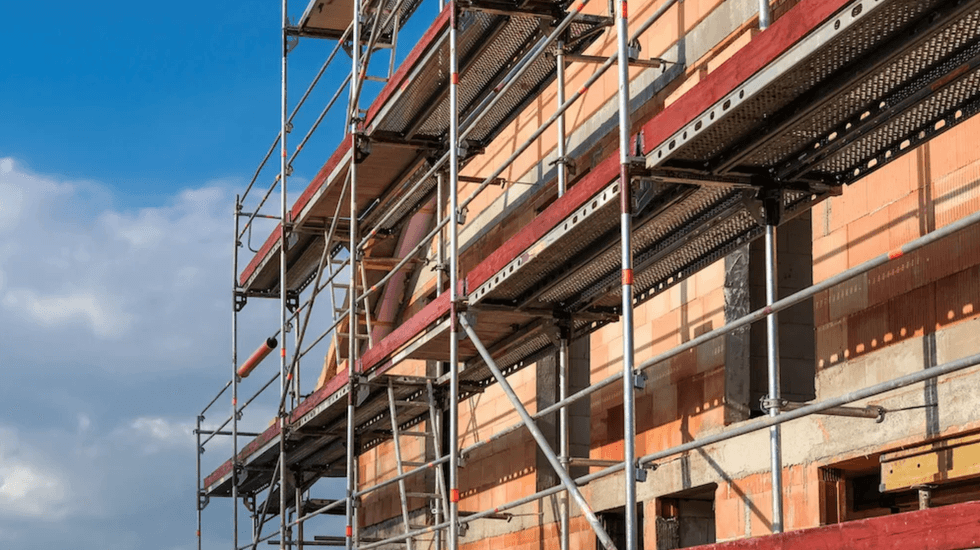Volatile construction prices
July 23, 2021

Construction prices have risen noticeably in recent months. Between October 2020 and April 2021, they rose by 1.5 percent in Swiss building construction, the largest half-year increase since 2008. The prices of individual building components rose even more sharply. For example, the price of wood on commodity exchanges in mid-June 2021 was more than twice as high than that of previous years – even though prices had fallen slightly in the first half of June 2021 (see also https://www.finanzen.ch/rohstoffe/holzpreis). Although the prices on the exchanges fluctuate more than those actually paid for roof trusses and furniture, it is clear that the construction market is in a turbulent phase.
Higher building prices
Many building materials have become more expensive, and in some cases, supply bottlenecks are to be expected. This is due to an interplay of several factors:
- The increase in demand, accelerated by catch-up effects, partly met with supply chains that were not fully functioning.
- In view of the economic uncertainties in the previous year, many producers were reluctant to replenish their stocks.
- In the USA, for example, the economic upswing was further accelerated by investments in infrastructure and rising house prices.
Construction prices and other trends
We expect many of these developments to normalise in the near future. At the same time, some trends that had already caused changes before the pandemic will become more noticeable again.
- The use of wood as a building material will continue to increase. The price increase here partly reflects the popularity of the raw material. This price increase sets the incentive for more construction timber to be produced in the future and for the Swiss “forest timber” value chain to become better organised. This capacity expansion takes time, but will subsequently give additional impetus to timber buildings, which are particularly sustainable when produced locally. With regard to the price competitiveness of timber buildings with solid buildings, it should be noted that the pure material costs only make up a small proportion of the total costs. Therefore, the current price increase of wood will not have the same effect on the prices of timber buildings.
- In the construction industry, discussions about margins and prices are omnipresent. In view of low margins, there is little scope to generally factor in reserves for changing material prices when setting prices. Who bears the material price risk depends on the project status and the respective contract design. Thus, agreements on who is responsible for what will increase. For instance, at present, general contractors offer the client cost security. In turn, in the case of subcontracts that have already been awarded, these general contractors have outsourced the risk to the executing construction company. These, in turn, have partially hedged the prices with the suppliers. However, in the current situation there are also some building owners that are accommodating and willing to share parts of the additional costs, which result from material price increases, with construction companies that they have long-standing working relationships with.
- Sensitivity to fluctuations in material prices is likely to increase again. It is true that the current situation is exceptional in terms of the extent of the price increase and the amount of materials affected, especially in combination with supply bottlenecks. However, it should be noted that certain price fluctuations are commonplace. Recent developments bring back memories of ten years ago, when significant fluctuations in exchange rates shaped the cost of imported building materials.
- Building is tending to become more expensive. This is because the requirements for properties are expected to continuously increase, for example, in the areas of fire safety, earthquake risks or sustainability.